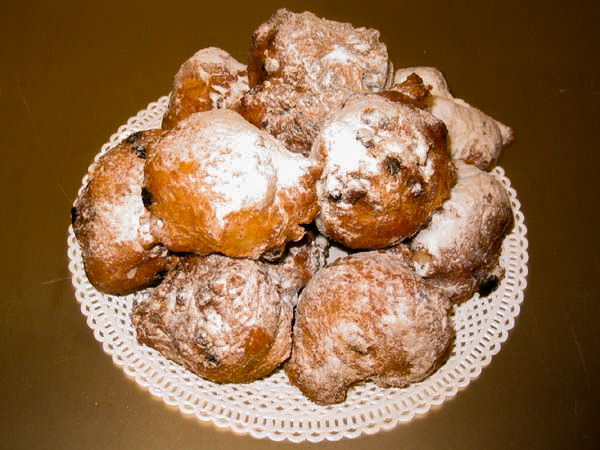Facts About Oliebol
An oliebol, also known as a beignet, is a cherished Dutch and Belgian fried dough delicacy. In the Netherlands, these delicious morsels are called oliebollen or smoutballen, while in Flanders, they are known as smoutebollen, and in Wallonia, they are referred to as croustillons. This delectable treat has transcended borders, with variations found in Germany, France, Italy, Croatia, Slovenia, Serbia, Indonesia, Ghana, Nigeria, and Benin.
To make oliebollen, you drop dough into hot oil, resulting in a delightful, spherical snack. They are a quintessential part of New Year's Eve celebrations and funfairs. The dough typically comprises flour, eggs, yeast, salt, milk, and sometimes extras like sultanas, currants, raisins, and candied fruit. Once fried, they are commonly dusted with powdered sugar for a sweet finish. In Flanders, they have a distinctive twist and are cooked in animal fat.
The history of oliebollen remains somewhat enigmatic. Some believe they date back to Germanic tribes, while others suggest Portuguese Jewish immigrants introduced the recipe.
There are numerous variations of oliebollen, such as croustillons in Belgium and France. From 1993 to 2017, a Dutch newspaper hosted an annual oliebollentest contest, where bakeries competed to create the best oliebol. Unfortunately, the contest was discontinued in 2018 due to disputes over the fairness of the judging and the accuracy of the reviews.
Regardless of whether you call them oliebollen, smoutebollen, or croustillons, these fried dough treats are a delightful part of many cultures and celebrations.

 Belgium
Belgium